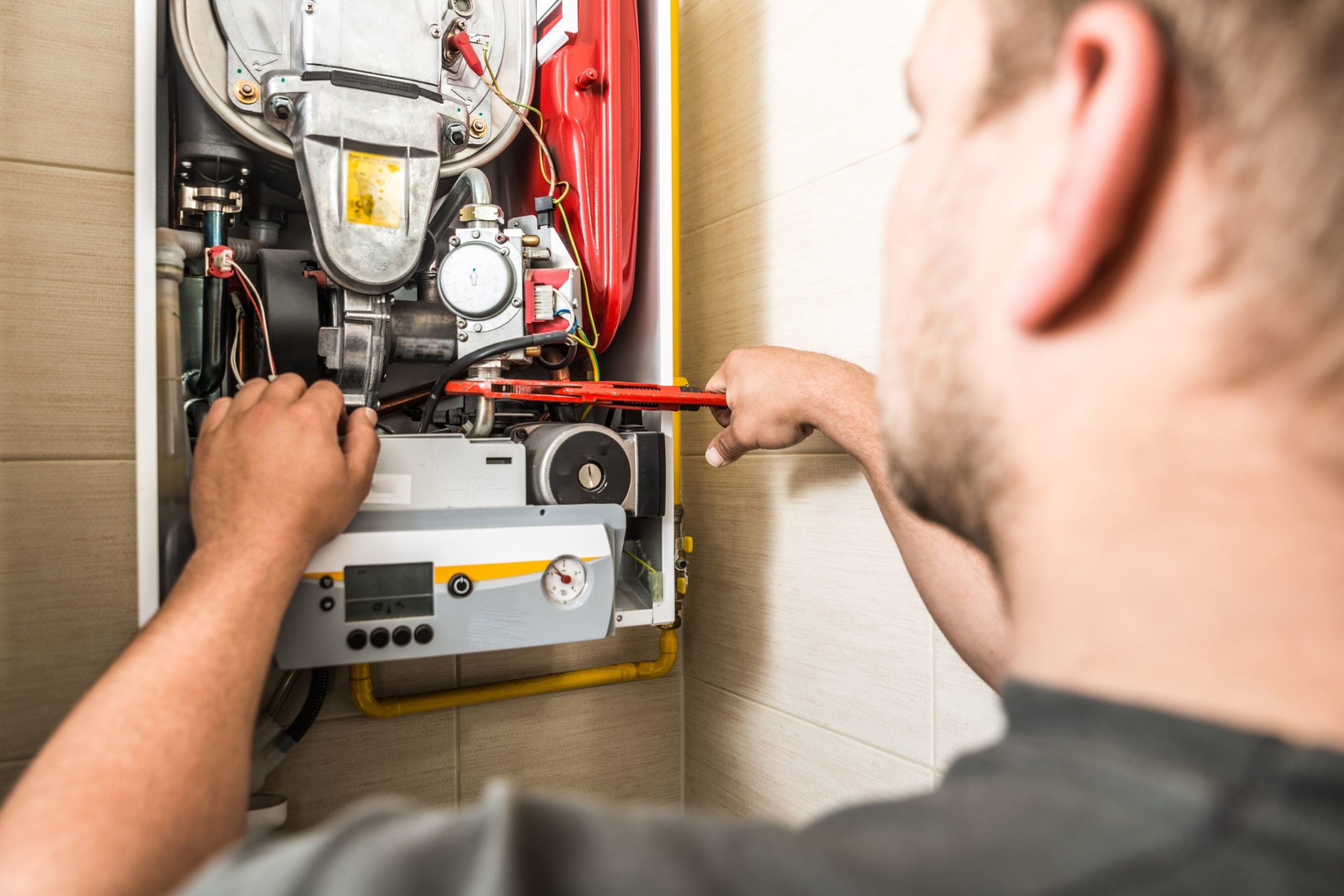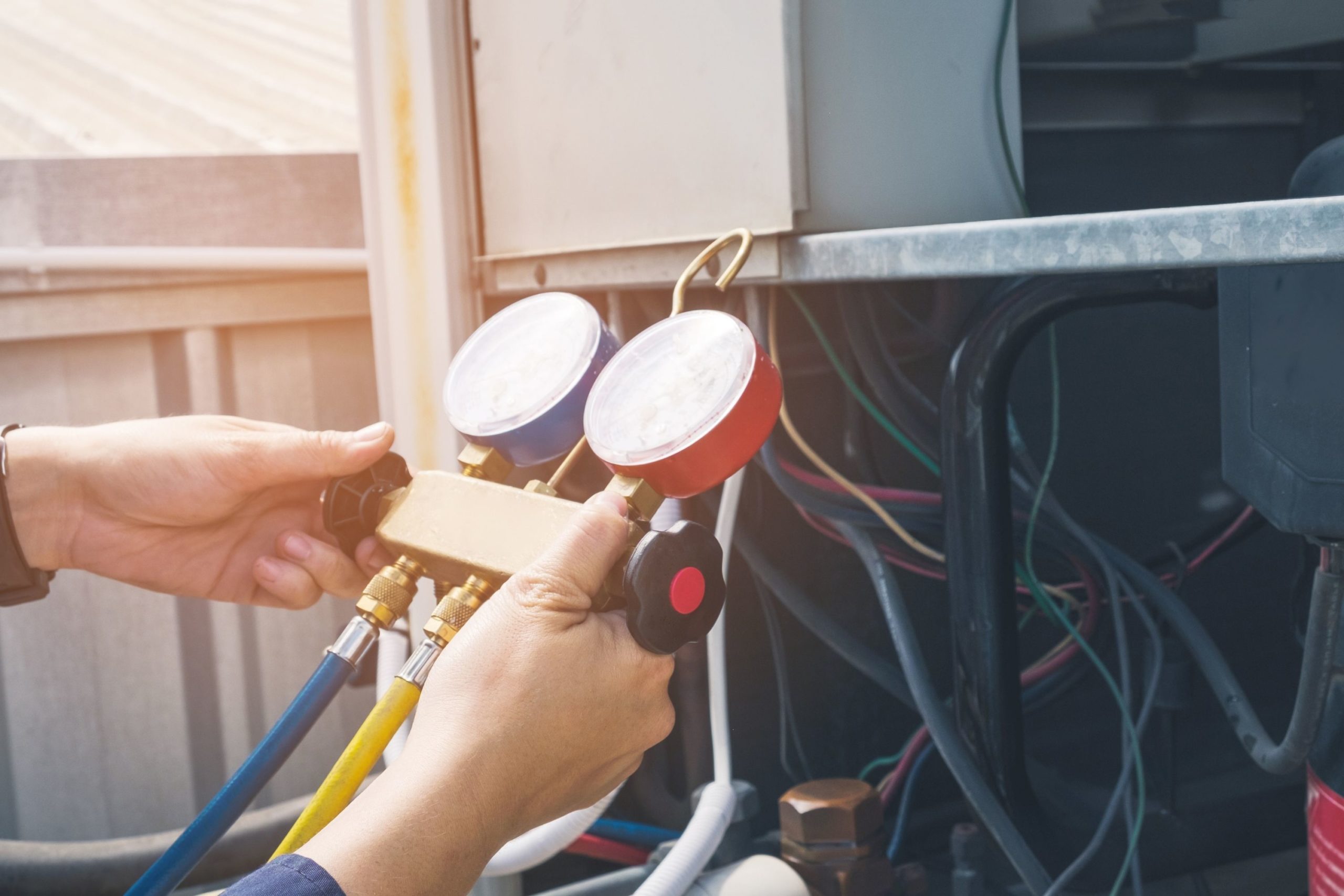
How to Replace a Flame Sensor in 10 Easy Steps
A functional and smooth operating furnace can bring warmth to your household and peace to your state of mind. Furnace units and appliances can experience technical problems and require maintenance or a change of parts to get back to their maximum functioning capacity.
A common problem experienced by homeowners with heat furnaces is a problematic flame sensor. The flame sensor is the most vital safety component of a furnace unit. Its sole and foremost purpose is to avoid an explosion caused by the overflowing of the gas with no flame to regulate its purpose; it does this during the ignition cycle when the gas furnace goes through a process where a hot surface ignitor or spark ignites the gas.
After the gas is ignited, the flame sensor creates a current of electricity. The electricity is calculated in micro-amps. Suppose the furnace’s control board cannot detect the required proper levels of micro-amps; in that case, the furnace stops giving the system fuel to avoid an explosion.
The main component behind this safety switch is the flame sensor. When a functioning flame sensor does not sense heat or flame, it shuts down the furnace as a safety precaution; a dirty or damaged flame sensor might do the same, as its capability to sense the heat and flame has been compromised.
The main reasons for a dysfunctional flame sensor include damage to the flame sensor, dirt, and debris build-up on the flame sensor.
If the problem is dirt and debris build-up, you should start with a simple inspection to confirm this. And if this is the case, clean the flame sensor. This should have it return to normal and functioning at its best again. If your flame sensor is damaged, then this means it will need to be replaced. Read on how to replace a flame sensor.

Ten easy steps to replace your flame sensor
When replacing your flame sensor, ensure that you have the correct flame sensor. Get familiar with your furnace system. Inspect your flame sensor, which will allow you to know what type of sensor you need to purchase to obtain a replacement.
When you have the suitable flame sensor, you can then begin the easy steps to replace it:
1) Shut the power off and remove the door exposing the burner assembly
First, you will need to turn off the power to the furnace and remove the door to expose the burner assembly, where the flame sensor is located.
2) Identify the flame sensor
The flame sensor is on the burner assembly. The flame sensor should also be on the path where the flames come out. It will have a single wire attached, while the igniter has two wires.
3) Disconnect the wire attached to the flame sensor
To change your damaged flame sensor to a new one, you will first need to disconnect the wire attaching it to the furnace.
4) Unfasten the screw holding the flame sensor in place
Once the wire is disconnected, there should be a visible screw still securing the flame sensor; unscrew it and remove your old flame sensor by pulling it out.
5) Put in your new flame sensor
When you have your old flame sensor removed, the next step will be inserting your new one. Put the new flame sensor down the path where the old sensor came from; make sure to put the rod in the path of the flame. Be careful not to touch the steel rod with your fingers, as the oil on your fingers can affect the rod and prevent it from working correctly.
6) Tighten the screw back on
With your new flame sensor in place, tighten the screw that holds it in place.
7) Reconnect the wire
Once your flame sensor has been replaced, and the new one firmly placed, reconnect the single wire that connects to the flame sensor.
8) Put the doors back on
You should be almost finished at this point. Once the wire has been reconnected, replace the doors, covering the burner assembly.
9) Turn the power back on
With your flame sensor replaced and the furnace closed back up, the next step is to turn the power back on.
10) Turn up the thermostat and test
The last step on how to replace a furnace flame sensor; turn up the thermostat and test. As most modern devices allow for this, you can also use the phone app. Listen to the flame come on and stay on; if it does, you should be good to go; if not, you could have a more severe problem and might need an HVAC specialist to inspect your furnace unit further.

Cleaning the flame sensor
Your flame sensor does not need to be replaced in all instances. Sometimes problems with the flame sensor could result from a build-up of dirt and debris around the flame sensor; in this instance, there is no need to replace the flame sensor; you can follow the above steps to remove the flame sensor.
Once removed, a quick visual inspection should alert you if a build-up of dirt could be the problem. A dirty flame sensor should have visible dirt covering the porcelain and even the metal rod of your sensor; you might find soot covering on the tip, giving it a black color.
When you have inspected the flame sensor and can confirm that the dirt could be the problem, remove it as instructed above and gently clean it with an abrasive material such as steel wool, fine sandpaper, or emery cloth. When cleaning the flame sensor, it is important to note not to be too aggressive as you could scratch and damage the flame sensor.
Conclusion
The importance of the flame sensor cannot be understated. It is the most critical safety component of your furnace unit. The most common complications experienced with problematic flame sensors relate to a dirty or damaged flame sensor; luckily, both these issues can both be easily rectified with minimal effort.
A simple replacement should solve your issues when the flame sensor is damaged. With a dirty flame sensor, simply cleaning your flame sensor should have it functioning at its best again. Although you can solve these problems easily with little effort, it is
advisable to seek the services of reliable HVAC technicians like Anderson Air.




